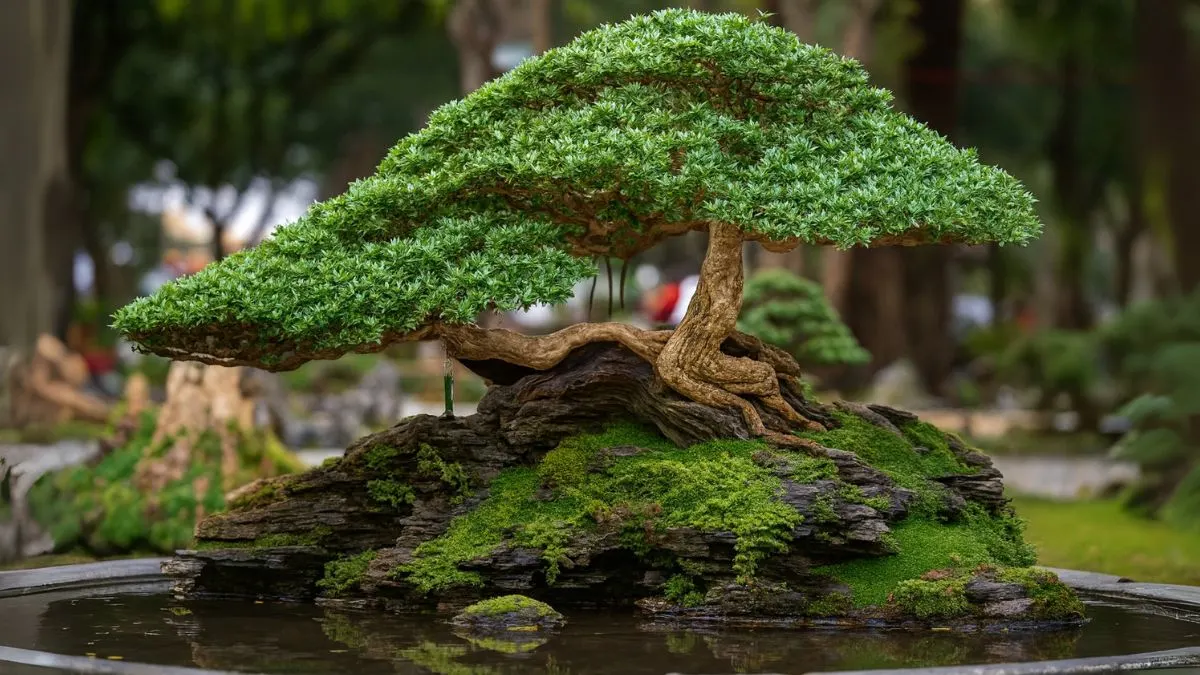There’s something magical about bonsai. These small trees are full of peace, art and patience wherever they stand now – in a Canada or USA apartment or anywhere else. A bonsai, unlike most plants, has a story to tell — it’s a living sculpture created by time. And here’s what you should know to amaze your friends with a new bonsai plant.
Why Bonsai is So Special

- Represents a combination of nature and humanity.
- Encourages patience and mindfulness.
- Gorgeous home, office or garden decoration.
- Can last a long time — in some cases for hundreds of years — under good conditions.
Personal Note: I have a bonsai that started as this tiny little sapling and as each year has gone by the clipping and styling of my bonsai has become similar to therapy after long days at work.
Starting Your Bonsai Journey
Bonsai trees may be grown from a woody tree or shrub, but technically only refers to a woody plant with small leaves.
1. Starting from Seeds 🌱
- A bonsai is not a tree but when grown from seed, it starts its life as one.
- Growing from seed requires patience, as shaping takes years.
- Upside: complete control over style and development.
Also Read: Ranunculus Bulbs: The Secret to Blooming 100 Petals in One Flower
2. Start with a Plant You Already Have 🌱
- Choose a young tree or shrub that is receptive to trimming.
- You can start your bonsai tree from a nursery plant or even one in your backyard.
- This is a quicker method that enables you to shape and train your bonsai in 1–2 years.
Choosing the Right Plant
Beginner-friendly bonsai plants available in Canada, the US, or anywhere:
- Juniper – Durable, evergreen, great beginner plant.
- Ficus – Does well indoors with less light.
- Chinese Elm – Very forgiving.
- Maple – Amazing fall color changes.
Creating a New Bonsai, Step-by-Step
1: Selecting the Container
- Shallow pots promote root pruning.
- Ensure drainage holes are clear.
2: Preparing the Soil
- Akadama soil absorbs and releases water as needed.
- Avoid heavy garden soil — suffocates roots.
3: Planting the Tree
- Place your plant in the pot.
- Loosen roots and add soil.
Also Read: Why the Lollipop Plant Belongs in Your Yard
Step 4: Pruning and Shaping
- Start training early.
- Prune branches that don’t fit the design.
- Wire branches into elegant curves.
Step 5: Watering and Fertilizing
- Keep soil moist, not soggy.
- Fertilize lightly during growing seasons.
Bonsai Styles You Can Try
Style Name |
Description |
Best Plants |
Formal Upright |
Straight trunk with even branches |
Maple, Elm |
Informal Upright |
Slightly curved trunk, natural look |
Juniper, Ficus |
Cascade |
Limbs cascade like a waterfall |
Pine, Spruce |
Forest |
Several trees in one pot |
Elm, Beech |
Indoor vs Outdoor Bonsai
- Indoor Bonsai: Ficus & Jade thrive on sunlit windowsills.
- Outdoor Bonsai: Junipers and Pine rely on natural weather cycles.
- Tip: In cold areas of Canada, outdoor bonsai need winter protection.
Also Read: Ghost Plants Are Real—And They’re Hauntingly Beautiful!
Common Mistakes to Avoid
- Overwatering: Roots rot easily.
- Not Pruning: Plant loses bonsai form.
- Wrong Placement: Bonsai love sunlight, avoid shady corners.
Personal Experience
When I started my first bonsai from an existing plant, I underestimated the importance of wiring. My juniper overstretched and required months of retraining. With patience and pliers, I shaped a gracefully arched bonsai — now the centerpiece of my living room.
Bonsai isn’t just gardening — it’s art. From sowing and soil prep to pruning, every act is communing with nature. If you are eager for peace and calm, why not start your bonsai journey now? It will make your home beautiful and teach you the virtues of patience, balance and mindfulness.






